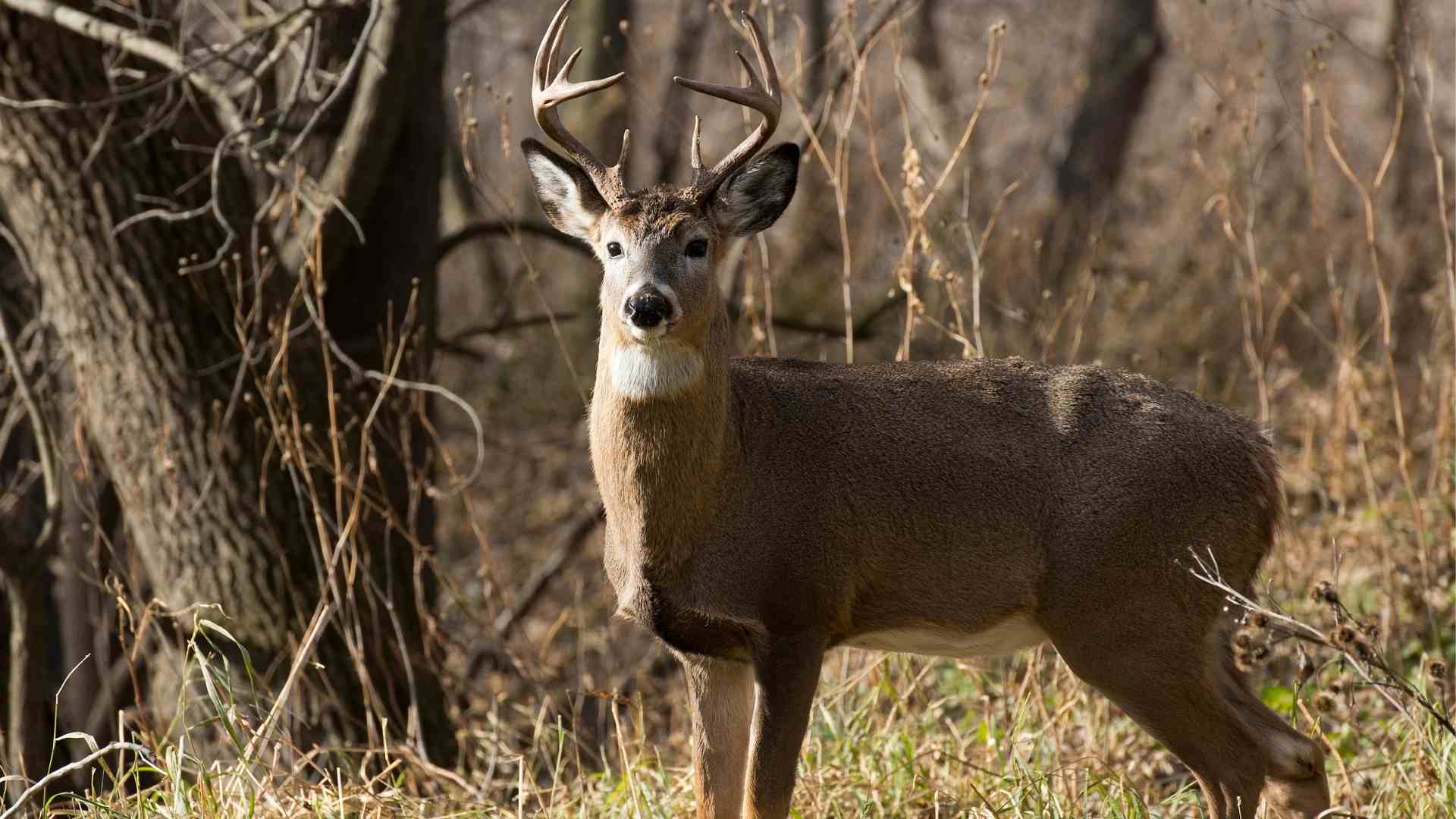In the world of bowhunting, the difference between success and agonizing defeat often comes down to a matter of mere inches.
While a well-placed arrow often equates to a quick, efficient kill, a less-than-stellar shot can prove quite troublesome and has a tendency to leave behind a lengthy blood trail.
Deer hunting is no exception to this rule, as you must be capable of placing your shot with extreme precision or risk being disappointed.
For this reason, bowhunters strive to place their arrows within a deer’s vitals, also known by many as the “kill zone.”
Contents (Jump to Topic)
ToggleWhat Is The “Kill Zone”?
The kill zone is an area within a deer’s body cavity containing a high vital organ concentration. When a hunter’s arrow pierces this area, death follows in rapid succession. The resulting blood trail is generally brief and relatively easy to follow.
read.. where to shoot a deer
However, this begs an interesting question. What, exactly, is contained within a deer’s kill zone, and what should a hunter know about this area when taking aim at their quarry?
A deer’s kill zone contains several vital organs, including the heart, lungs, and liver. Toward the rear of this zone resides the diaphragm, which separates the heart, lungs, and liver from the stomach and intestines.
The integrity of this thin muscular wall is essential to lung function, therefore making the diaphragm itself a vital structure.
A well-placed arrow typically severely damages a deer’s heart and/or lungs. When punctured, a deer’s lungs collapse, often filling with blood.
Likewise, a heart shot results in rapid blood loss and eventual death.
While not as ideal as a heart or lung shot, a liver shot will surely result in death. However, deer shot through the liver typically take much longer to expire.
It is not uncommon for a liver-shot deer to live for as long as 4-8 hours following the release of a hunter’s arrow.
Measuring The Kill Zone
So, how big is a deer’s kill zone? Most estimates peg a deer’s kill zone at approximately 8-9 inches in diameter.
This measurement is perhaps greatest when taken between the leading edge of the lungs and the rearmost portion of the liver.
Most use an average pie plate as a point of comparison when describing the actual size of a deer’s kill zone. While this is used as a rough gauge, you can conclude that this estimate is relatively accurate when transposed over a deer’s body cavity.
However, bowhunters should also consider that a portion of a deer’s kill zone is concealed between a deer’s shoulder blades.
This makes it difficult to penetrate the leading edge of the kill zone with standard archery tackle due to the thickness of the shoulder blade itself.
In fact, the shoulder of a whitetail deer should be avoided at all costs when placing one’s shot due to the high probability of arrow deflection.
Because of this, a bowhunter is left with far less room for error after deducting the size of a deer’s shoulder blade from the kill zone itself.
To offset this, a hunter can wait for a slight quartering-away shot or for a deer to step forward with its onside front shoulder, thereby exposing a larger portion of the kill zone.
What Does This Mean For Hunters?
This information can be used to a hunter’s advantage in more ways than one. Most notably, a hunter can utilize knowledge of a deer’s vital zone when taking aim at their quarry.
By knowing the size of a deer’s kill zone, one can mentally transpose a circle over the body of a deer to help visualize their point of aim.
Understanding the size of a deer’s vitals also makes recognizing your arrow’s point of impact easier, thereby simplifying the recovery process.
Identifying the size and location of a deer’s kill zone will provide you with a heightened degree of insight into each shot. Guesswork will, in turn, be largely eliminated, as you can readily identify the type of shot that has been made.
read.. what does deer poop look like
Assessing The Margin Of Error
So what, exactly, can one expect if their shot falls outside this “kill zone”? While any shot outside of a deer’s kill zone is considered less than ideal, the exact consequences to follow are extremely situational in nature.
While some shots that fall outside the kill zone still prove fatal, others are largely superficial.
A deer shot slightly behind the kill zone will almost certainly die, albeit slower than one would hope.
A shot within this region is considered a gut shot and can take as long as 8-12 hours to prove fatal.
Deer shot in this manner are often found near the banks of a pond or creek because most spike a severe fever before expiring.
On the other hand, a deer shot slightly forward of, below, or above the kill zone will typically survive. Shots of this type create little more than flesh wounds, though they might bleed profusely in the moments following impact.
Making Your Shot Count
Despite being racked with adrenaline, a bowhunter must remain vigilant when aiming.
After all, a deer’s kill zone is quite a bit smaller than many archers would assume, leaving little room for error when attempting to deliver an arrow most lethally.
By considering the exact size of a deer’s kill zone, you will be better equipped to maximize each shot opportunity.
This, in turn, will correlate to greater success while afield, as you execute each shot with the highest degree of accuracy possible.






